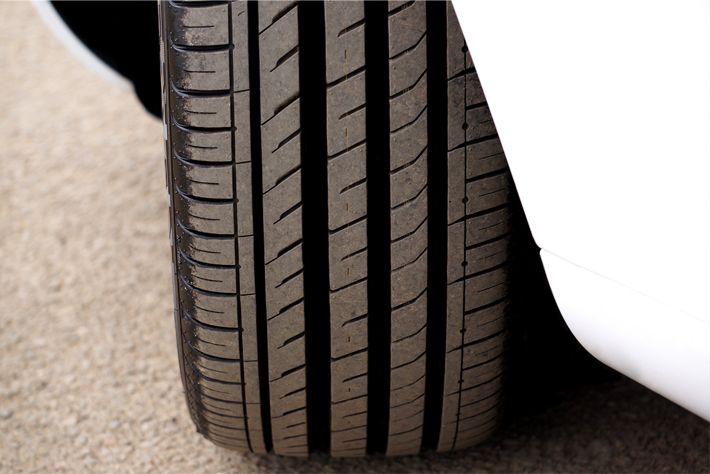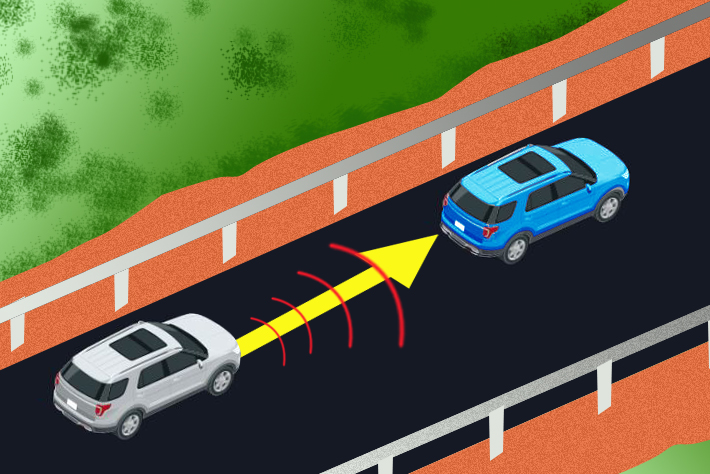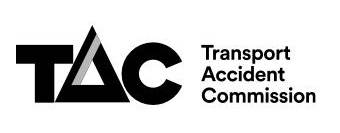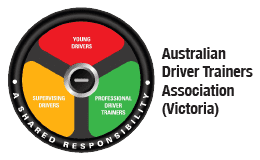Tires are essential to maintaining driving safety because they are a car’s sole point of contact with the road. Tires are advanced technical components intended to offer traction, stability, and control under diverse driving circumstances. They are more than just rubber and tread patterns. It is impossible to exaggerate the importance of tires for road safety. Therefore driving lessons on tires are a crucial part of your overall learning experience. When driving on a highway, making quick bends, or navigating through inclement weather, the state and caliber of the tires have a direct impact on the overall safety of the car and the people inside.
In this thorough investigation, we examine the various facets of tire safety, emphasizing the role that it plays in reducing dangers on the road and promoting a responsible driving culture.
What Role Do Tires Play In Terms Of Safety?
The tires on your vehicle are subjected to a range of driving circumstances and meteorological situations, including sunny, slick, and extremely cold days. These circumstances affect the tire quality, leading to damage and wear and tear. Your tires play a key role in the stability and safety of the vehicle.
How Do Tires Negatively Affect The Quality Of Driving?
Driving performance declines and becomes problematic, much like with damages. A car with worn-out or broken tires is less stable. By having inadequate braking and cornering ability, stability is lost and safety is endangered. Certified instructors will always provide apt driving lessons on tire quality to ensure safety.
Driving Lessons To Prevent Collisions Caused By Worn Tires

Regular inspections of your car’s tires can help you to prevent accidents caused by worn-out tires. However, it is quite impossible to prevent the natural deterioration of tires over time. So, it’s a good idea to have professional examinations once every three months to monitor your driving safety. All you need to do is regularly and diligently inspect your tires for sidewall defects such as cuts and cracks, uneven wear, and tread’s TWI breach. If you have the time, you may also act as your tire’s doctor. Replace your tires immediately if you notice any of them and the damage is significant. Approach your driving instructors in Bundoora and learn how to replace worn-out tires.
What Would Happen If You Drive On With Worn-Out Tires?
Do driving lessons teach us to follow the frugal principle of using tires even when their TWI exceeds the legally permitted minimum level? Some even use the tires until they are completely bald, which may seem humorous but is really dangerous. There can be serious risks associated with this. The worn-out tires on cars and bikes are a major cause of traffic accidents. The gripping elements that provide a vehicle’s traction on highways are the treads of its tires. The traction decreases with reducing tread level. When using the braking distance instead of the emergency brake, collisions may occur that result in fatalities and damage to the car and its passengers.
What Is The Braking Distance?

The amount of distance a car will travel on a road between when it applies its brakes and when it completely stops is known as its braking distance. The relationship between the Braking Distance and the Tread Quality of your tires is inverse. The braking distance decreases with improved tread quality and vice versa.
Which Tire Characteristics Have An Impact On Driving Quality?
Driving Lessons to Examine Tread Depth Depletion:
Every car tire loses a certain quantity of rubber over time from regular use. The tread continuously wears down over a period of years, months, or days depending on usage. Your tire’s grip and balance are affected when you lose so much tread and it hits the minimum amount needed.
Here are the effects on the quality of your drive after this:
- Extended braking distance
- Skidding when braking suddenly
- Aquaplaning while it’s rainy
Make sure the tread on the tires on your car is deeper than the required minimum of 1.6 mm. These days, treadwear indicators (TWIs), which are tiny rubber pieces with markings inside the grooves, are installed on tires. When a tire’s tread reaches the TWI level after repeated use, it needs to be replaced.
Driving Lessons to Examine Sidewall Damages
The term “sidewall” refers to a tire’s sides. This explains the external tire damage if the sidewall has any cuts or splits in it. Internal tire damage is explained by the presence of any visible or felt bulges. Road conditions such as potholes and pits can lead to cracks, cuts, and bulges.
The effects on your drive quality once this occurs are listed below:
- 1. It is extremely dangerous to drive with bulges in your tires since they may blow out when you go fast or over long distances.
- 2. Big Cracks and Deep Cuts will result in air pressure leaks, which will become worse with time and eventually lead tires to blow anywhere, anytime, and on any day.
Replace your tire right away if any of these occur!
Driving Lessons to Examine Uneven Wear
Uneven tire wear is caused by driving recklessly, erratically, or with imbalanced wheels. It is also caused by problems with the suspension system of the car and mismatched tire pressure levels. This is typical, but it can lead to early tire balding, needless expenses, and changes in the quality of your drive. Maintaining the same tires will impair the vehicle’s braking and handling, and it may even cause vibrations while you’re driving.
Regular examinations, conducted by oneself or by specialists, can aid in averting significant harm.
How Should You Look For Uneven Wear?

Examine the wear pattern – Every tire has a wear pattern throughout the tread region. Your tires are in good condition if the wear appears balanced. But if there’s more tread loss on one side of the tire than the other, there might be a problem with the suspension or the imbalance of the tires. Initially, you can learn this from your driving instructors.
Air pressure level – Verify that each tire has the same amount of pressure. Uneven wear can also result from tires that are over or underinflated. Follow the manufacturer’s recommendations and adhere to the recommended pressure levels.
Takeaway
Make sure to inspect your tires for damage. Any signs of wear that go beyond normal, such as cuts, cracks, and uneven tread, suggest that either the vehicle or the tires need to be replaced. Numerous criteria, such as the duration of your daily commute, how often you take lengthy trips, the weight of your car, etc., influence your choice of tires for your car. You can take knowledgeable driving lessons in Bundoora before purchasing tires.
Periodic tire rotations might occasionally help to smooth out uneven wear and tear. Despite all safety measures, incidents do occasionally occur. You should be prepared to respond quickly to these circumstances and know how to mitigate damage and risk.








